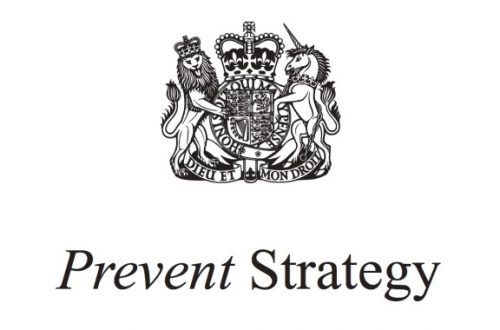The recent terrorist outrage in Berlin has united almost all in unqualified condemnation. However there remain differences of emphasis – and a lack of consensus over the best response to such attacks..
Here is a link to a discussion on Sky News between Associate Director of the Henry Jackson Society, Douglas Murray, and Aaron Bastani of Novara media. I don’t see either as a political soul mate exactly, but I thought Douglas Murray was the stronger debater – and all the more effective for being more measured than is (sometimes) his wont.
Both men invoked historical parallels in interesting ways, yet I found myself not fully convinced by either’s argument. Murray asserted that today’s wave of migrants was both qualitatively and quantitatively different from earlier patterns of immigration – specifically, he argued that the cultural and geographical journey from Ireland to England (in the nineteenth century) was much smaller than that between modern Eritrea or Afghanistan and the UK.
Although I wouldn’t claim he’s completely wrong, I don’t think the equation is quite as obviously correct as might at first appear.
‘Irish to Britain immigration is not a very large or … significant movement across cultures.’ (7:50)
It may seem that way now, but at the time this point was by no means so apparent. In the nineteenth century the Irish were often depicted as both villainous and savage.
And the tensions were religious as well as racial. Catholics were still viewed with suspicion, and Rome as a threat.
The appointment of Dr. Nicholas Wiseman as a cardinal and Catholic Archbishop of Westminster (in London) also provoked a reaction, as Wiseman was considered to be a militant and extremely outspoken Catholic. To The Times to choose the capital city as the archbishopric and Wiseman as Archbishop was either a “clumsy joke” or else “one of the grossest acts of folly and impertinence which the Court of Rome has ventured to commit since the Crown and the people of England threw off its yoke.”
Aaron Bastani also invoked Catholics but he went back further in time, to the sixteenth century.
‘The precise same things were being said about Catholics in Britain, in England, in the sixteenth, the seventeenth centuries, fifth columnists …’ (10:00)
Murray immediately segued to the counter-example of a French Protestant Huguenot, culturally and ideologically well aligned with England. But it would have been interesting to probe Bastani’s implication that the ‘fifth columnist’ jibe against Catholics was utterly unjust.
While this slur of sedition may have been deeply unfair to peaceful and loyal Catholic subjects, forced to hide their faith, there were still a number of plots against the throne involving both English Catholics and European co-conspirators. It would have been hard to argue that these had nothing to do with Catholicism. Indeed the zealous counter-Papists of the day would have been able to cite a Papal Bull as evidence that Catholic loyalty was a logical impossibility – even though obviously many of them squared this apparent theological circle, and had no truck with extremism or terrorism.
On 25 February 1570, Pope Pius V issued a bull of excommunication against Elizabeth I. In late support of the 1569 northern rebellion (led by the Catholic earls of Northumberland and Westmorland and crushed with ruthless efficiency – 450 executions under martial law is the conservative estimate), the bull declared Elizabeth an illegitimate pretender and bound her subjects to disobey her, upon pain of anathema (a formal curse by the pope).
Although there are of course many differences between Christian sectarianism and today’s threats, there may be at least some similarities between the dilemmas facing Protestant rulers such as Elizabeth and today’s European leaders.



